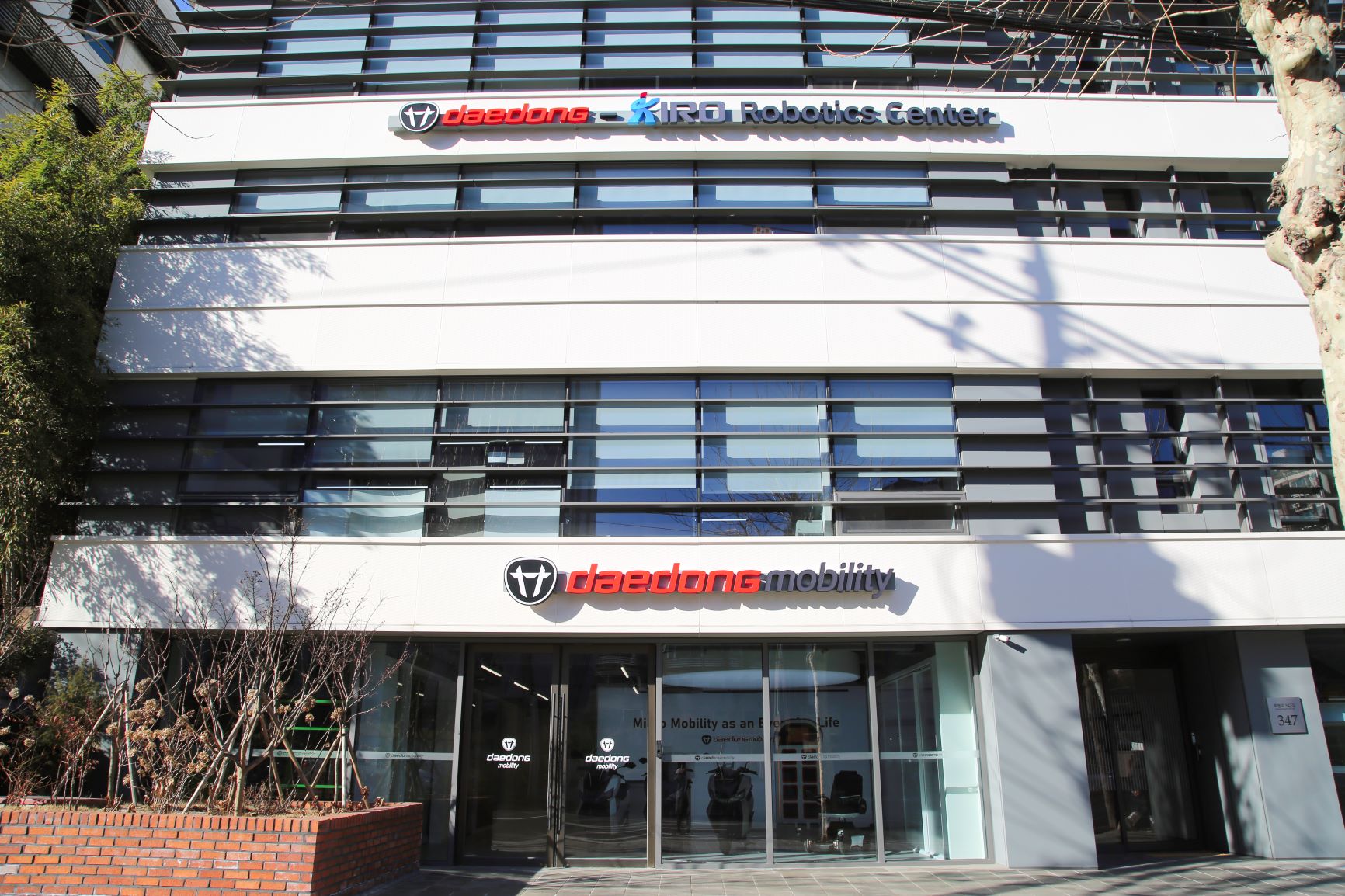Daedong and KIRO Opens Daedong-KIRO Robotics Center for Robot Project
- Daedong starts operating a joint research center with KIRO for developing and commercializing core robot technologies, with the goal of developing 3 robot types by 2025.
- Daedong develops agricultural and non-agricultural robots including human-following robots for transporting crops, electric robotic machines, and indoor delivery robots.
- Daedong takes charge of platform hardware and driving control for the robot research while KIRO takes charge of software for elementary technologies such as autonomous driving.
Daedong has become the first Korean agricultural machinery company that enters the agricultural and non-agricultural robot markets.
Daedong, which is the parent company of Daedong Group and is led by co-CEOs Jun-Sik Kim and Yu-Hyun Won, is a leader of future agriculture. On February 1, Daedong announced that it will jointly operate Daedong-KIRO Robotics Center with Korea Institute of Robotics & Technology Convergence (KIRO) led by President Junku Yuh, with the goal of researching core technologies and developing products.
In 2020, Daedong announced its vision to be a leader of future agriculture and is pushing forward core technology development including autonomation, electrification, and intellectualization of smart agricultural machinery, farm and mobility projects. This year, Daedong will launch 3-step self-driving tractors and combines and electric scooters with swappable batteries. In January, the company opened Daedong-KIRO Robotics Center in Daedong Mobility Seoul Office in Seocho-gu, Seoul for accelerating and internalizing technologies for future projects including unmanned self-driving agricultural machinery and self-driving mobility for work and personal use and with the view of entering the agricultural and non-agricultural robot markets.
Until 2025, Daedong and KIRO will jointly develop human-following robots for autonomous crop transportation, electric robotic machines for the entire crop cycle including cultivation, sowing, and harvesting, and indoor delivery robots. Using environment recognition technology, the human-following robot will follow the user and transport crops. The existing technologies used for agricultural machineries to develop electric machines and outdoor self-driving technologies will be applied to the agricultural robotic machines. The indoor self-driving technology developed through researches on smart robot chairs, etc. will be applied to indoor delivery robots.

